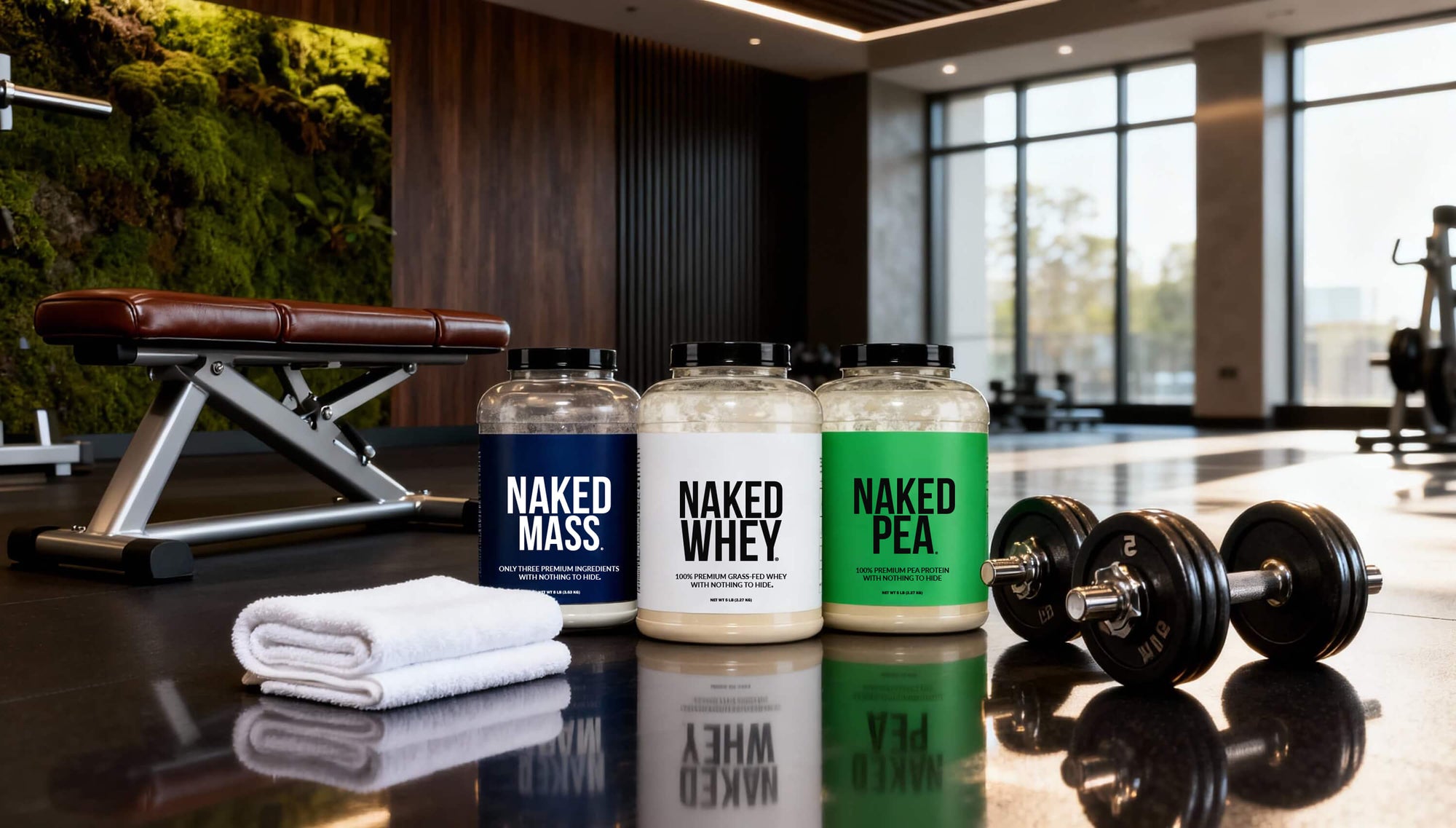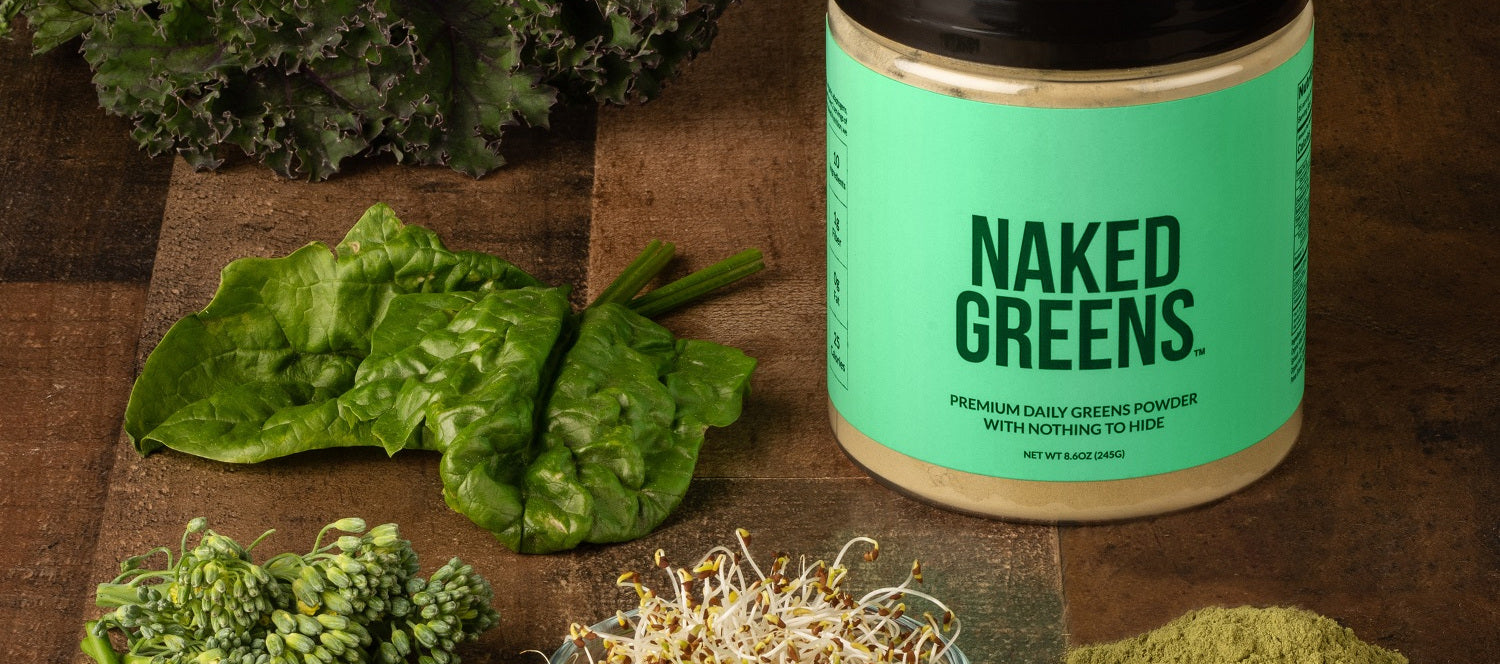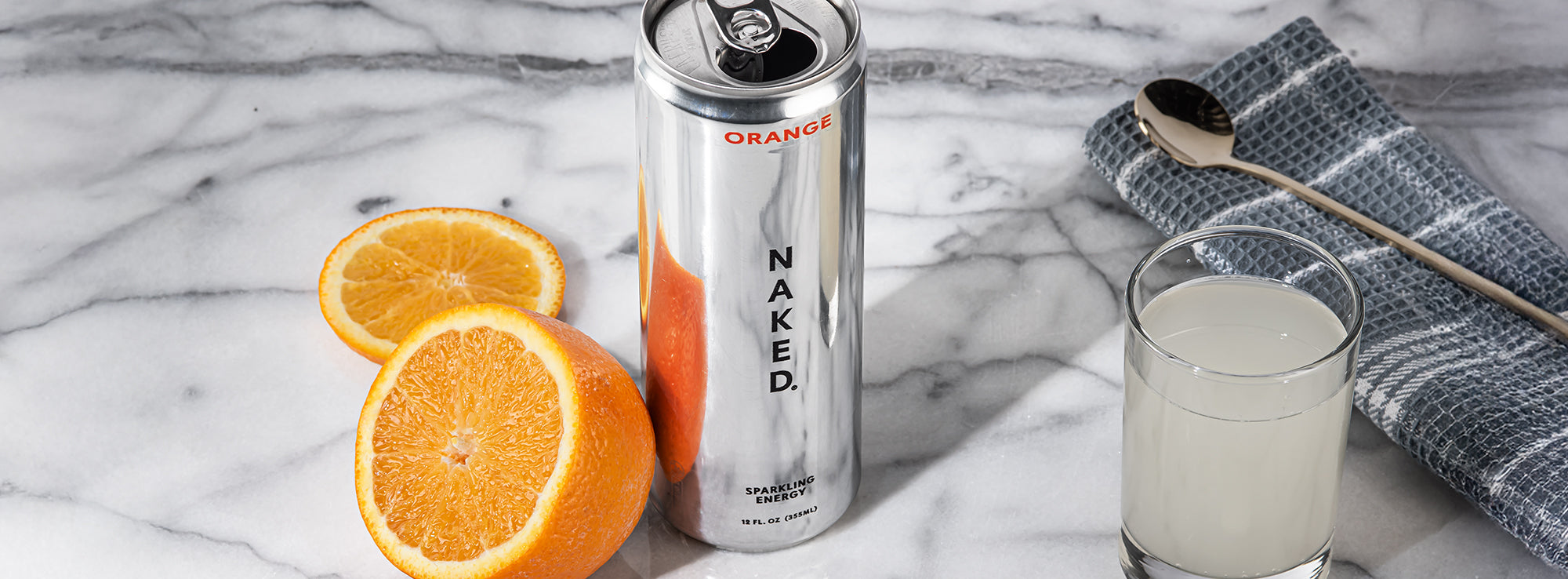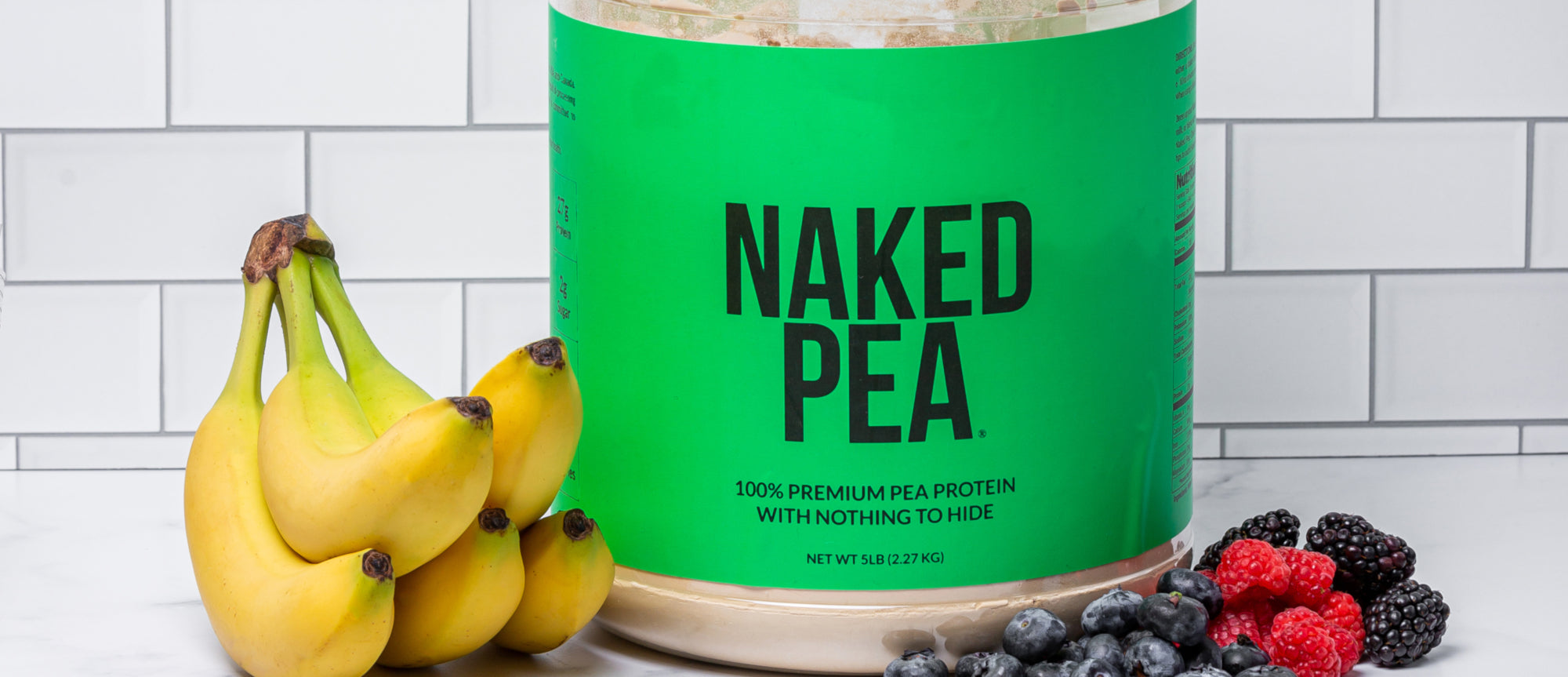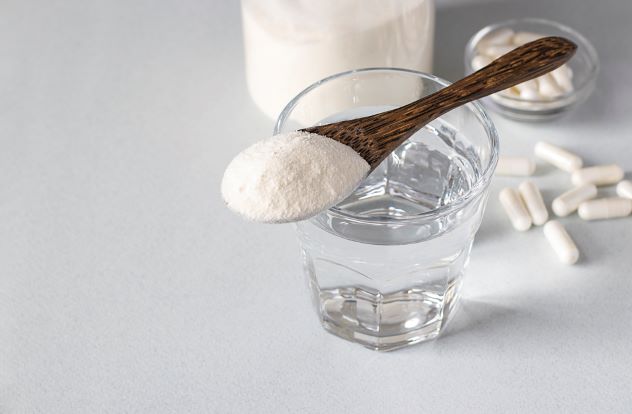It has been well-established that collagen is both safe and effective for a variety of uses ranging from arthritis pain relief to improving the appearance of your skin.
If you count yourself among those of us who like to know exactly what a supplement is and how it works before adding it to your regimen – keep reading!
We’ll dig into how collagen is formed.
What is collagen made of?
Just as the name might suggest, procollagen is the precursor to collagen. Procollagen is created when proline and glycine (two amino acids) are combined. Vitamin C and copper are required for the creation of procollagen.

When synthesized to collagen, procollagen combines with any of 17 amino acids (excluding glycine, proline, and hydroxyproline). Copper is also required for the last step of collagen synthesis (which we’ll get to shortly).
Structurally, collagen can be thought of as multiple layers of strong, thick ropes (fibrils) with minerals widespread throughout. These ropes each are formed by smaller string-like structures (triple helices), which each are made from many smaller threads (chains).
Similar to a structure made from layers of sturdy ropes, collagen is mechanically sound. Glycine plays an important role in the structure of collagen – it represents every third amino acid within an amino acid chain.
Glycine is the smallest amino acid, and it allows the structure of collagen to be tight and strong.
What is the process of collagen synthesis?
As we’ve already discussed, the structure of collagen is relatively complex, with layers upon layers of different amino acid chains.

Collagen synthesis is a multi-step procedure requiring the use of many different structures both within and outside of fibroblasts (special collagen-producing cells within connective tissue).
- Transcription (in the nucleus): mRNA transcribes genes that will be used as the “code” that will be translated to create each of the individual amino acid chains.
- Translation (in the cytoplasm): Ribosomes and mRNA translate the genes that were just transcribed. The structure is now called a pre-pro-polypeptide chain.
- Post-translational processing (in the endoplasmic reticulum): The first peptide (a short chain of amino acids) on one end of the chain is removed. Enzymes and vitamin C assist by adding a chemical group (hydroxyl) to some peptides, and each of these hydroxylated peptides are then glycosylated (a carbohydrate is added). Three chains are twisted together into a triple helix in a process resembling a zipper, and the helix is twisted in the opposite direction of each strand to enhance its strength.
- Final intracellular processing (in the Golgi apparatus): The structure is now known as procollagen. A few final changes are completed here, then procollagen is assembled into secretory vesicles, which will move it outside of the cell.
- Tropocollagen formation: Enzymes (collagen peptidase) remove peptides from the ends of procollagen molecules, which transforms it to tropocollagen.
- Collagen fibril synthesis: Another enzyme (lysyl oxidase) causes tropocollagen molecules to bond together, which assembles the finished product – a collagen fibril.
How can you increase collagen synthesis?
Your body already knows how to produce collagen.So, how can you convince it to make more? It’s simple – just eat the right foods.

First, consuming enough high-quality protein is key. If you’re a meat-eater, foods like meat, seafood, dairy, and poultry are typically great sources.
If you’re plant-based, legumes and tofu are generally high-quality as well. Other nutrients to prioritize to increase collagen synthesis include:
- Vitamin C (berries, citrus fruits, bell peppers);
- Proline (dairy products, cabbage, egg whites, mushrooms, asparagus);
- Glycine (gelatin, pork/chicken skin, many other protein-containing foods); and
- Copper (seeds, nuts, legumes, organ meats).
What things can sabotage collagen synthesis?
There are several behaviors that can destroy collagen or interfere with its functions, including:
- Autoimmune disorders (including lupus);
- Poor diet (namely, excessive refined carbohydrates and sugars);
- Smoking (decreases collagen production); and
- Ultraviolet radiation (also reduces collagen synthesis).
Key takeaways
In the end, as long as you’re avoiding the behaviors noted to interfere with collagen synthesis and prioritizing foods that promote collagen synthesis, you’re providing your body with what it needs to make a product it already knows how to create.
If your protein intake isn’t quite up to par – or the quality of the protein you’re consuming is mediocre, supplementation can be extremely helpful in meeting your goals.
We recommend pairing a balanced, healthy diet with our Naked Collagen Protein – which contains exactly one ingredient (grass-fed bovine collagen) and no junk.








